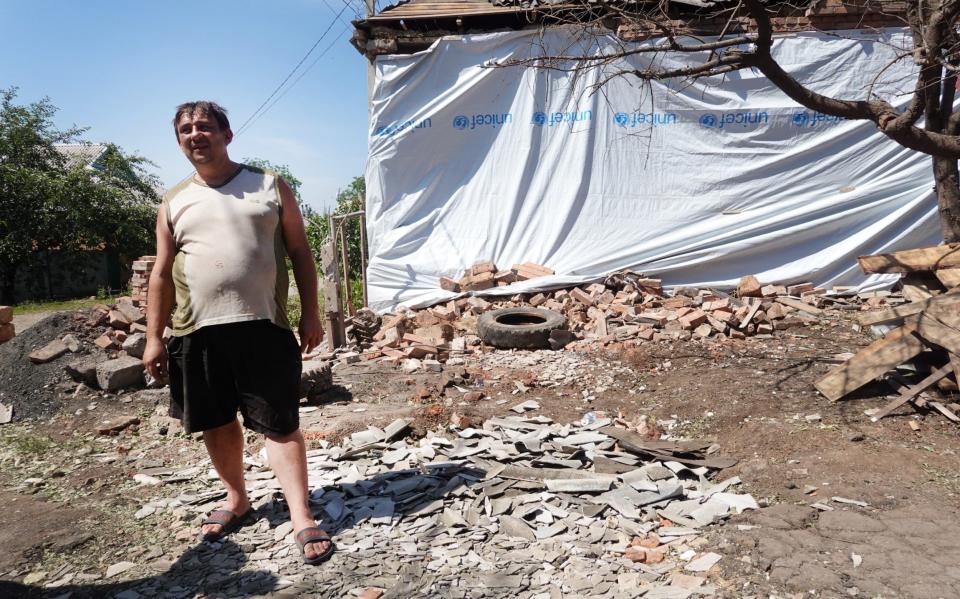Why exhausted Russian forces cannot risk an 'operational pause'

The correct thing for the Russian army to do now in the Donbas region of eastern Ukraine is to pause and reconstitute its forces.
There will be some, chief amongst them probably Vladimir Putin, who will want the slow, grinding advance west to continue. They will be more concerned about the Western-supplied heavy weapons flowing into Ukraine than the likely casualties that will be taken by continuing to push on.
However, since the fall of Lysychansk earlier this week, Russian forces have seemingly preferred to remain in the areas they have taken, relying on artillery to continue to pulverise the towns and villages they say they are there to “liberate”.
This pause may indicate Moscow has decided to reconstitute its forces, just as it did after the ignominious ejection from the north of the country in the early weeks of the war.
For the military, reconstitution consists of both regeneration and reorganisation.
The former is born of the need to rest tired fighters and equipment, repairing or replacing both as required.

It takes time to bring new soldiers up to combat-ready status and fill gaps in equipment tables caused by the anti-tank missiles and other weapons that have proved to be so deadly in Ukrainian hands.
Reorganisation is equally challenging.
A military force may decide its constituent parts are out of balance for the mission in front of them: for example, it may need more engineering or electronic warfare units instead of tanks; it may want more light-role infantry, better able to operate in forests and mountains, than infantry fighting from armoured vehicles.
As such, it takes time to shift the units about, physically as well as conceptually, and even more time for those units to understand each other’s peculiarities. It would be extremely foolish to create new formations from units that had never worked together before and expect them to operate at peak efficiency as soon as the shooting starts.
A period of training is required. As was seen after Russian forces were forced away from Kyiv and the north - after which Putin said, to much scepticism, that his objective all along had been to secure the Donbas - it took around six weeks not only to be in the correct position, but also the correct shape for the next major offensive.
To continue west, in the hope of securing the remainder of the Donetsk oblast and therefore be able to claim the whole of the Donbas, Russian forces are unlikely to need such a long time: the mission is essentially the same and there is no great need to shift forces hundreds of kilometres from where they already are.
But they do need to rest, and unless they are willing to endure high (and likely unsustainable) casualty rates, they will probably want to do things a little differently in the next push.
Whether Putin allows either will soon be revealed.

 Yahoo Movies
Yahoo Movies 
